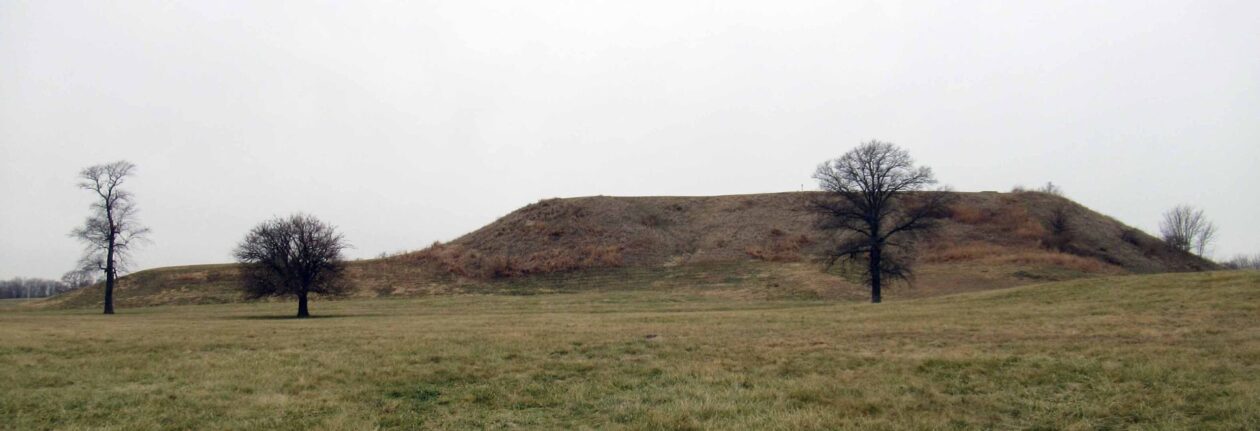Can Tho, Vietnam
I woke up today and got ready to leave Ho Chi Minh City. Once I was showered, dressed, and my bags were packed, I walked downstairs and said goodbye to the hostel staff. I then found a taxi across the street by the park to take me to the bus agency’s address (the bus agency recommended by the hostel). After the drive to the bus agency’s office, I paid for a ticket to Can Tho (scheduled to depart at 08:30); I was then escorted across the street to the agency’s lot where I boarded a shuttle bus that drove me and many other passengers to the main bus terminal in Ho Chi Minh City. At the bus terminal, I grabbed my bags and immediately boarded the bus. Once the bus took off, the employee inside handed everyone a bottle of water and throughout the journey he made announcements via a microphone at the front – since these announcements were all in Vietnamese and I was the only non-speaker on board, he was kind enough to follow up each announcement with a personal translation to me next to my seat. After about two hours of driving, the bus stopped at a large rest stop operated by the company which had many other buses there (they must be doing pretty well for themselves); after fifteen minutes there, we hit the road again and were in Can Tho (the largest city in the Mekong Delta) at approximately 11:45. Before departing the bus, I used the free wifi on board to determine my location relative to the hotel I booked with and based on the distance, I decided to walk it (much to the disappointment of all the taxi/motorbike drivers that were waiting at the bus terminal); I walked north by northeast and after about a half hour in the brutal midday sun, I reached the hotel. I then checked in and rested for a while before venturing out in to the heat again (my shirt was already soaked in sweat).
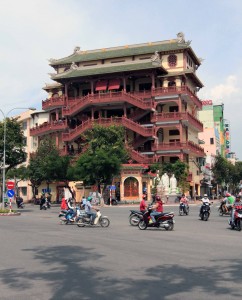
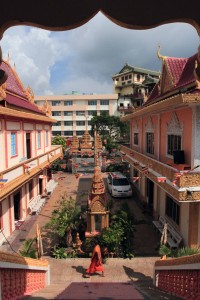
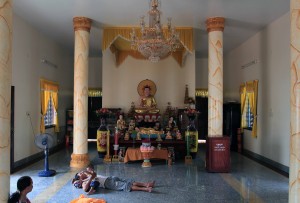
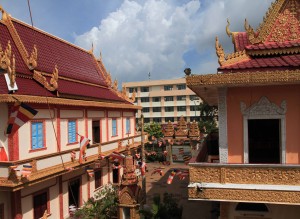
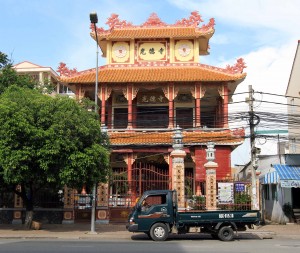
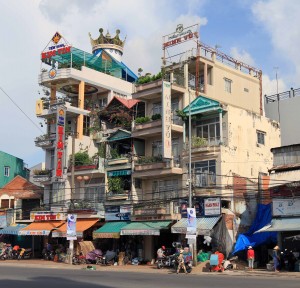
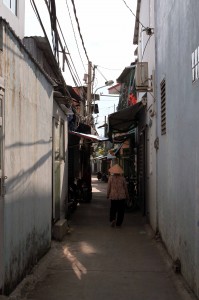
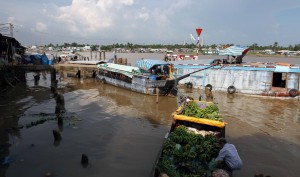
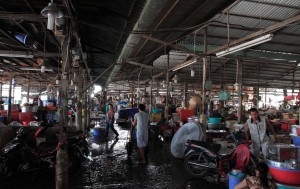
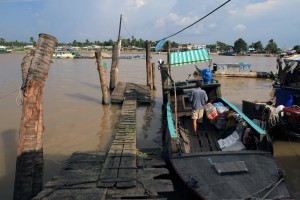
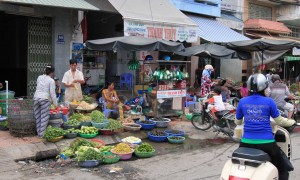
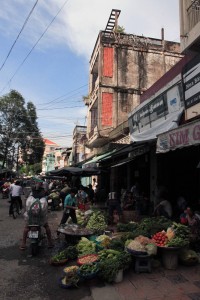
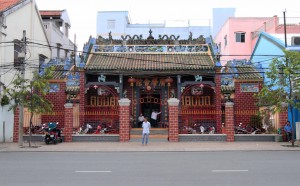
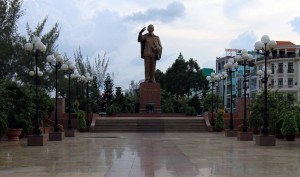
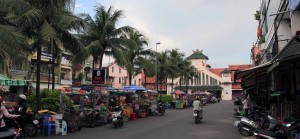
I left my room, walked downstairs, booked a tour for tomorrow at the front desk, and then walked out in to the city. My first stop along my walkabout was the Khmer Pagoda of Munirangsyaram, which is a Buddhist temple. Inside the temple complex there were a few people sitting around outside and a family laying on the floor in the main shrine, which was on the second level of the center building. I walked inside the main shrine and then walked around outside, peeking in to some of the lecture and study halls, but otherwise there was not a whole lot to see. I then exited the temple and walked through some meandering alleyways before coming upon Mau Than Street (“Mau Than” means “year of the monkey” and is named after Tết Mậu Thân, which we know as the Tet Offensive (that occurred on January 30, 1968 – the Vietnamese New Year)). The street was very large and is the longest in the Mekong Delta, but I expected to see many more restaurants and pubs, especially since it is so close to a university – on the contrary, it was rather dead. I then walked by Quang Duc Pagoda, but its gates were closed; so I walked further down until I reached Buu Tri Pagoda, but it looked rather uninviting and lacked the artistic designs that usually make these temples worth visiting (I think it’s primarily an orphanage anyway); so I walked across the street (very dangerous) and then through some smaller streets and alleyways right next to the university to try to find a more bustling spot, but I could not. I then headed back to the hostel; taking a different route, I headed straight to the Can Tho River, and then walked northeast along its bank. I came across a large market on Hai Bà Trưng Street and entered under its sheet-metal roof; inside there were many vegetables, fruits, fish, frogs, and pork; also, the floor was wet and sticky with the blood and guts of slaughtered animals; although many sellers were packing up for the day, but the street itself was very lively with many goods in baskets along both sides and many customers on motorbikes stopping to purchase. I then walked further north, passing the ferry terminal and another Buddhist temple before coming across a giant statue of Ho Chi Minh (looking like his idol, Lenin). After stopping to take pictures of the giant communist, I then walked past some food stalls lined up along the street next to an old building before going back to my hotel. When it was time for dinner, I walked to a nearby Italian restaurant and had a beer and pizza with spicy chicken, green bell peppers, and herbs. After that fulfilling meal, I walked back to the hotel and relaxed before falling asleep.
